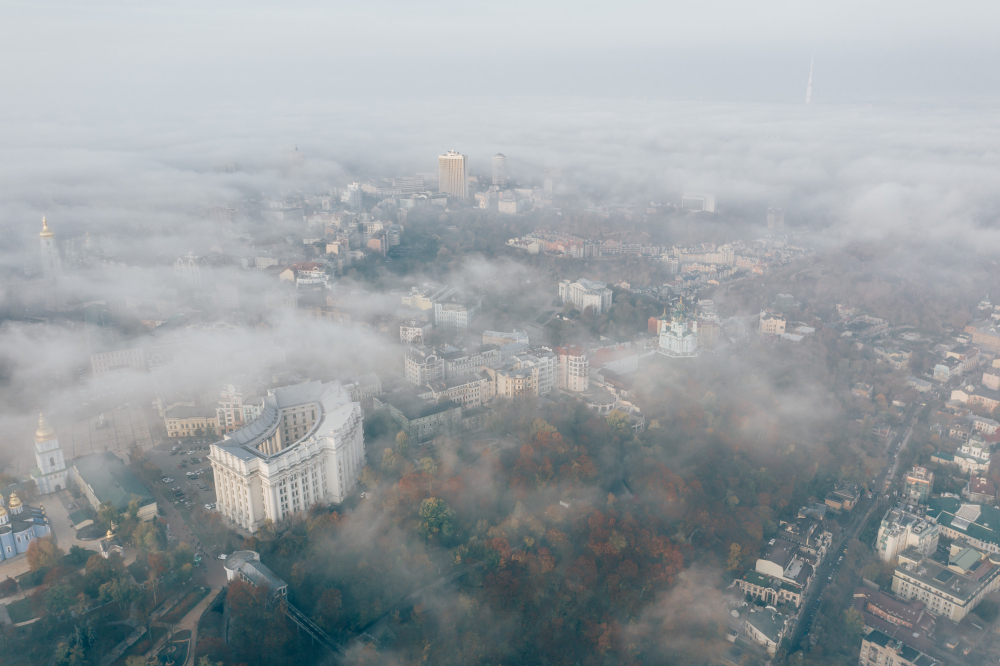The annual smog ranking for Poland indicates enhancements in air quality.
The yearly "smog ranking" reveals notable improvements in Poland's air quality, which has long been among the most polluted in Europe. For the first time since 2015, the average annual concentration of a particular type of harmful airborne particles was within the maximum safe limits in all monitored areas.
Piotr Siergiej, spokesperson for Polish Smog Alarm, the NGO responsible for the annual report utilizing 2022 data from the Chief Inspectorate of Environmental Protection (GIOŚ), notes these positive indicators in what remains a smog-affected Poland.
Smog Alarm's ranking considers three criteria: the annual average concentration of benzo(a)pyrene (BaP) and fine particulates known as PM10s—both having adverse health impacts—and the number of days in a year with air pollution levels surpassing official safety thresholds.
Regarding PM10s, the permissible annual average concentration limit is 40 micrograms/m3. Nowa Ruda, a small town in Silesia that also topped last year's ranking, recorded the highest figure in Poland, with an annual average concentration of 38 micrograms/m3.
This marked a 47% decrease over the past nine years. Similar reductions were observed in other cities with some of Poland's most polluted air, such as Kraków and Rybnik, which experienced a 40% decrease in PM10 levels over the same period.
In terms of the frequency of smoggy days, among the ten worst places, the average figure in the latest ranking was 63.2, indicating a 22% decrease from last year's average of 80.9. Piotr Siergiej highlighted the diminishing use of coal heating stoves, colloquially known as "kopciuchy," as a contributing factor. Last year, over 35% of Polish households were estimated to use coal for heating, a major contributor to the country's air pollution.
Since 2018, the government's "Clear Air" program has aimed to assist households in replacing old heaters with cleaner alternatives and enhancing insulation. Some locations, including Kraków and Warsaw, Poland's two largest cities, have implemented coal bans in heating.
Siergiej acknowledged that implemented actions, particularly the elimination of kopciuchy, are yielding results. However, he emphasized the importance of government and local authorities continuing these efforts. Despite improvements, he noted that in Nowa Ruda, the concentration of carcinogenic benzo(a)pyrene remains at 900% of the permissible level. In other places like Nowy Targ, Nowy Sącz, Wadowice, Rybnik, and Żywiec, it ranges from 600% to 700% of the allowed safe levels.
Polish Smog Alarm also cautioned that several towns known for their sanatoriums, where people, especially the elderly, recuperate, have harmful air. Szczawnica, Szczawno-Zdrój, Rabka-Zdrój, and Jedlina-Zdrój all exhibited BaP levels ranging from 300% to 600% of the safe limit.
While acknowledging a gradual improvement in air quality and a decrease in pollution-related deaths, Smog Alarm's spokesperson emphasized that the situation remains concerning. The continuation and intensification of anti-smog measures are crucial for enhancing air quality in the country. Air pollution is estimated to cause 50,000 premature deaths annually in Poland, along with various other health issues.

